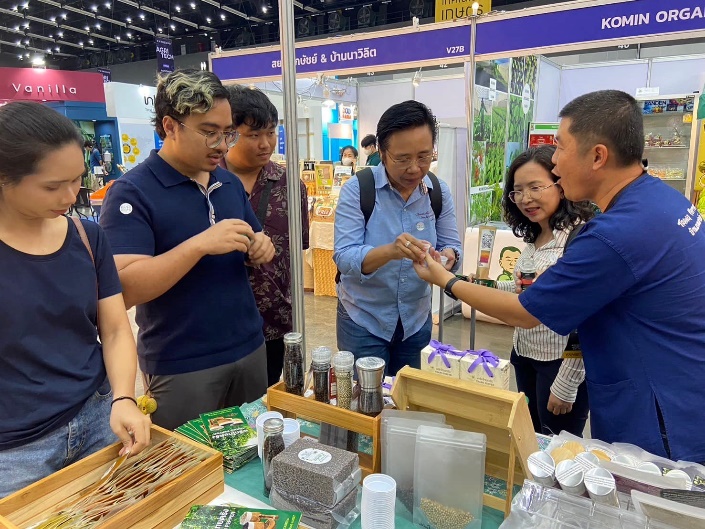Reporters: Mr.Konto Pantongkam, Asst.Dr.Pituk Bunnoon, Asst.Dr.Phatchakorn Areekul, Mr.Sutaporn Getpun
Evidence Date: March 23, 2023
Related SDGs:
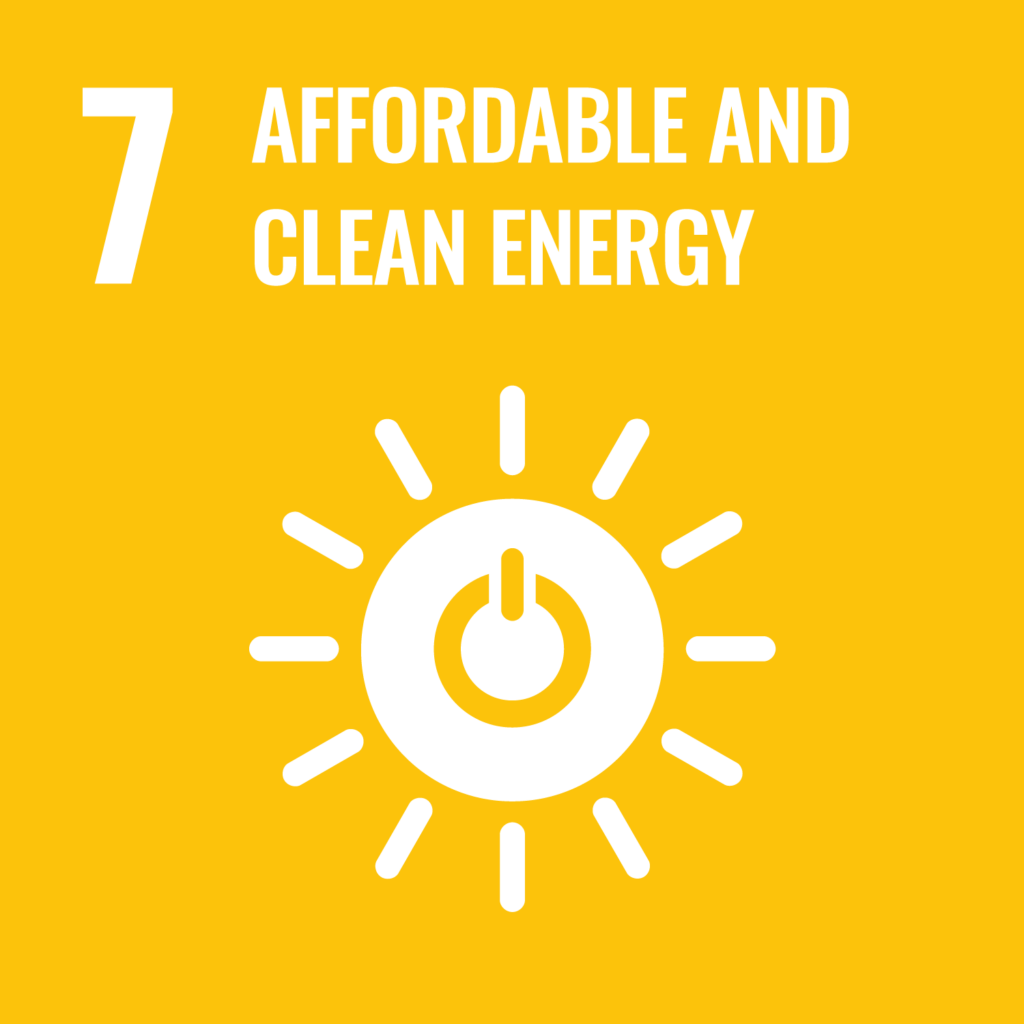
Related Indicators: 7.4.1, 7.4.3, 7.4.5
Details:
Awesome! Students from RMUTSV Trang Campus have created an innovative floating platform that promotes small-scale agriculture. It’s easy to maintain, with operations controlled via a self-developed application on a smartphone.
Today (March 23, 2023), reporters reported that at Rajamangala University of Technology Srivijaya, Trang Campus, engineering and technology students have invented a floating platform to promote small-scale agriculture (Smart Farm). This innovation is designed for modern farming practices by utilizing technology for agricultural management. They conducted experiments growing hydroponic vegetables and tomatoes alongside fish farming in cages on a floating platform measuring 6 x 6 meters.

Figure 1 RMUTSV Trang has developed an innovative floating platform to promote small-scale agriculture through smartphone technology.
The students dedicated their free time after classes to construct the floating platform, taking about 10 days to complete. Most of the materials used were recycled, allowing them to create the floating platform at a cost of approximately 28,000 baht (including everything: steel, motor, solar panels, electrical circuits, and planting equipment). The system enables control of watering, feeding, and temperature through a self-developed application on a smartphone. As long as there is internet access, users can manage the platform from anywhere, making it suitable for both beginner farmers and professionals in the industry.
Professor Sitthisak Rojchaya, a lecturer in the Electrical Engineering Department at Rajamangala University of Technology Srivijaya, Trang Campus, stated that the students applied their knowledge from their studies, including remote programming and the use of solar energy in practical applications. They also integrated an automated greenhouse control system using Internet of Things (IoT) technology alongside solar energy.
The innovation of the floating platform for hydroponic vegetable cultivation and fish farming addresses common issues faced in managing hydroponics and fish, particularly the lack of time for care due to other work commitments. The success of this agricultural innovation not only serves as a model for dissemination among farmers but also fosters teamwork and the practical application of knowledge.
Yasinthorn Sangla, a third-year Electrical Engineering student, mentioned that he and his classmates collaboratively created this floating platform while also innovating and developing a hydroponic vegetable cultivation system and an automated fish feeding system. This aims to save time in caring for the hydroponic vegetables and feeding the fish by utilizing automated greenhouse control technology through IoT combined with solar energy.
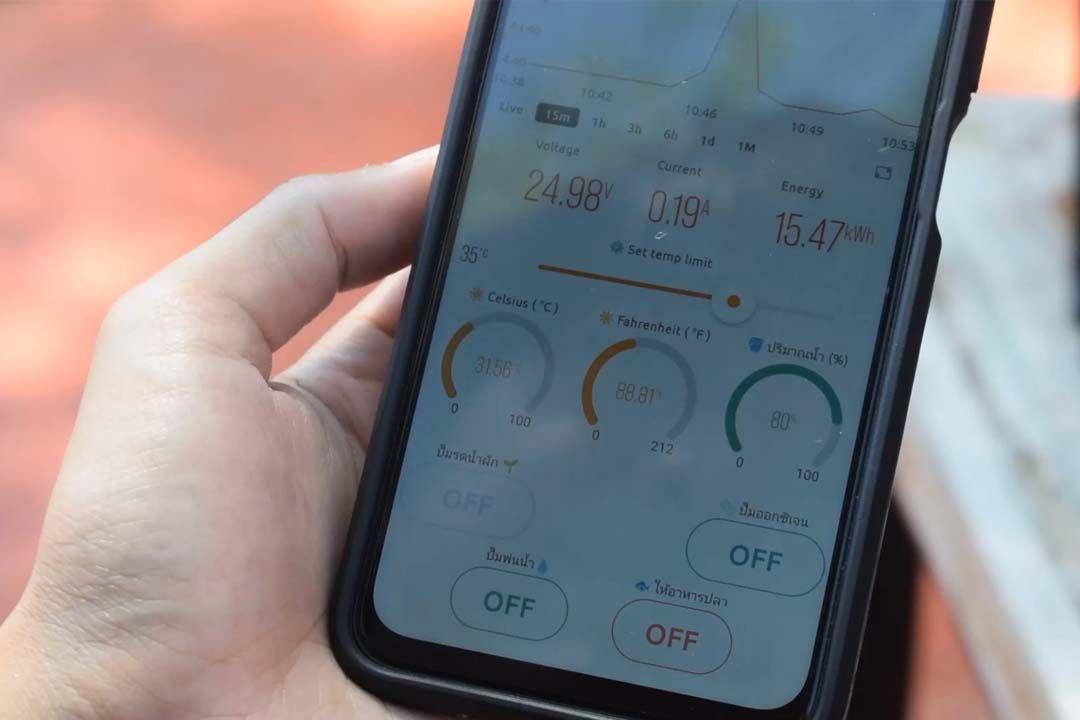
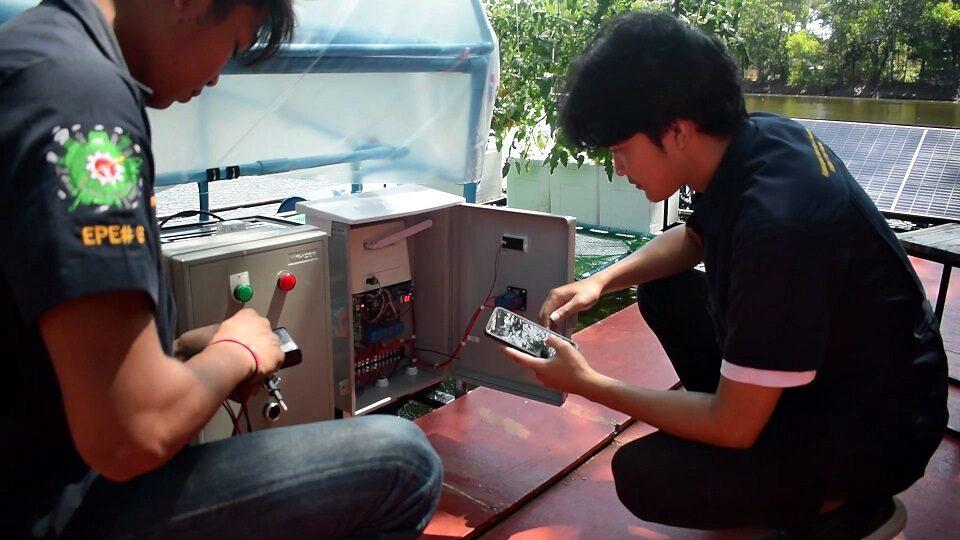
Figure 2 the automated control systems designed include: an automatic nutrient solution control system for hydroponic vegetable cultivation using IoT.
The automated control systems designed include: an automatic nutrient solution control system for hydroponic vegetable cultivation using IoT, an automatic water circulation control system for hydroponics, an automated temperature control system for the greenhouse, an automated fish feeding system, an automatic oxygen supply control system for fish cages, and an automated solar energy generation control system using IoT.
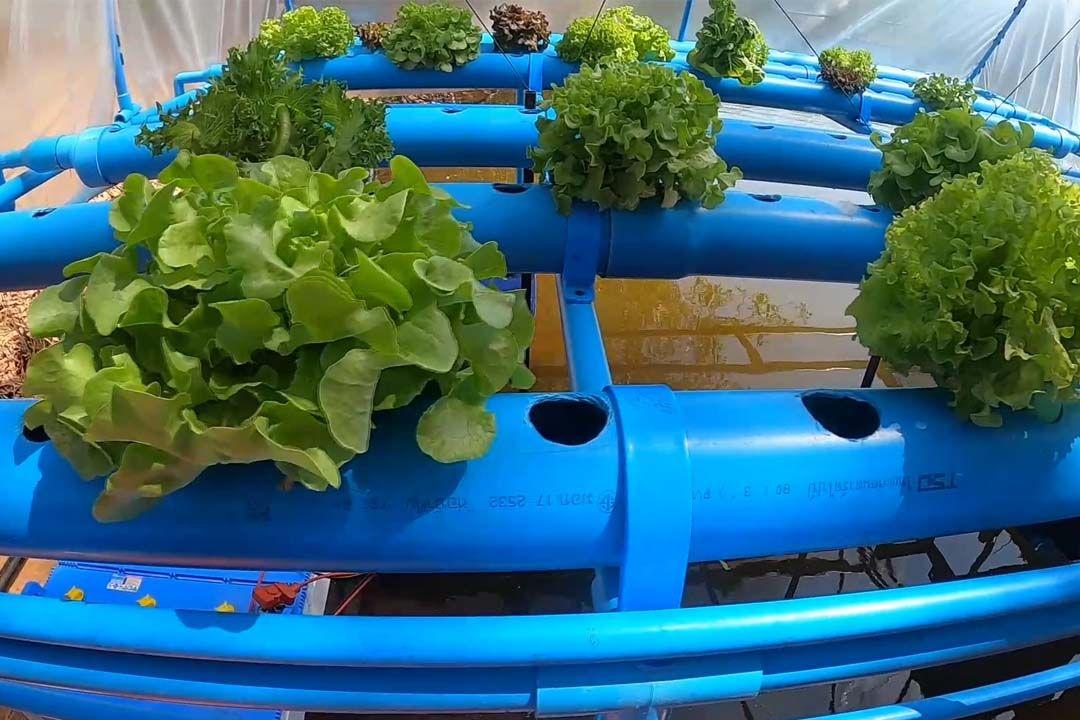
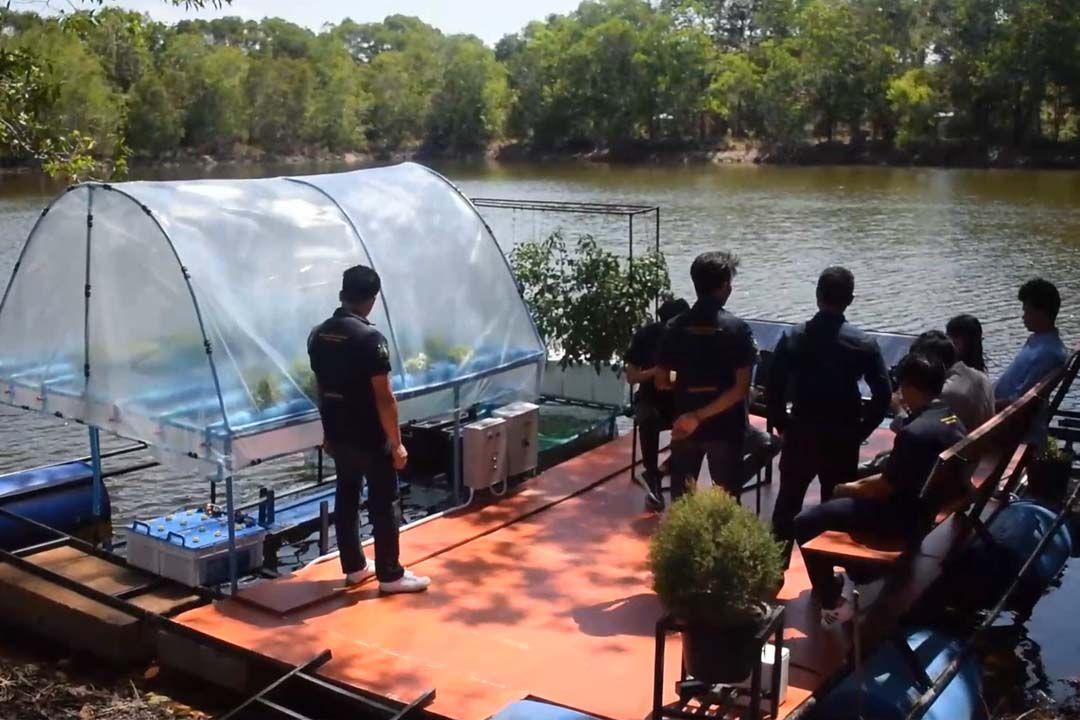
Figure 3 the implementation of this project is shown.
From the implementation of this project, it was observed that the hydroponic vegetables thrived well, allowing for harvest in just 25-30 days, which shortened the harvesting time from the previous 45 days. The hydroponically grown tomatoes also showed excellent growth, yielding more than those grown in soil, with a noticeable increase in size. The time to harvest was reduced from 4-5 months to 2-3 months, and there were no pests to disrupt growth, as the platform floats in the water, making it harder for worms and insects to reach the plants.
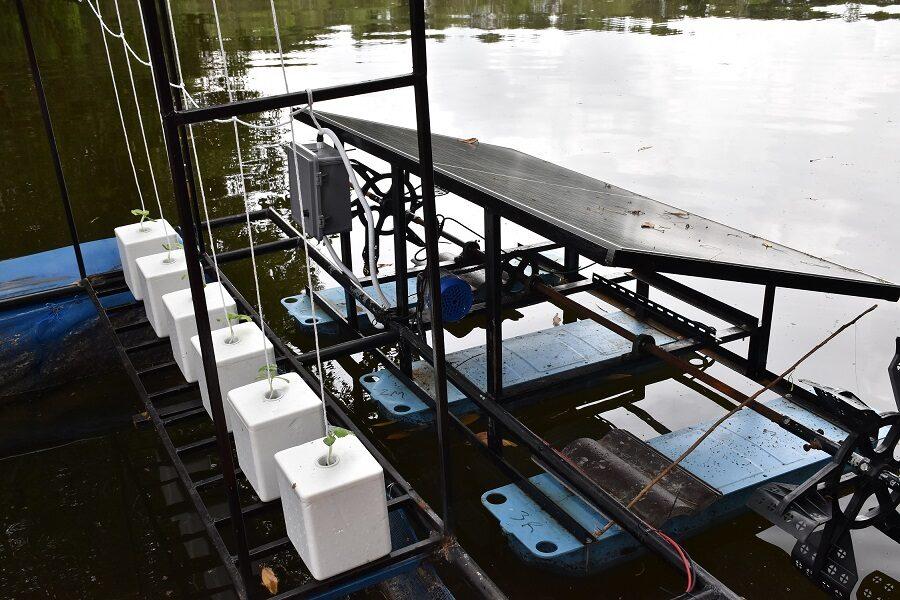
Figure 3 solar power of the project is presented.
days, which shortened the harvesting time from the previous 45 days. The hydroponically grown tomatoes also showed excellent growth, yielding more than those grown in soil, with a noticeable increase in size. The time
This innovative floating platform for small-scale agriculture is ready to be shared with interested farmers who wish to implement it in their vegetable plots or farms.
Related Links:
https://www.technologychaoban.com/bullet-news-today/article_245093



